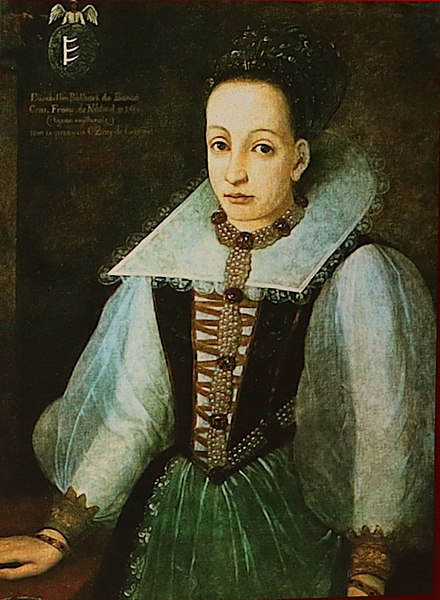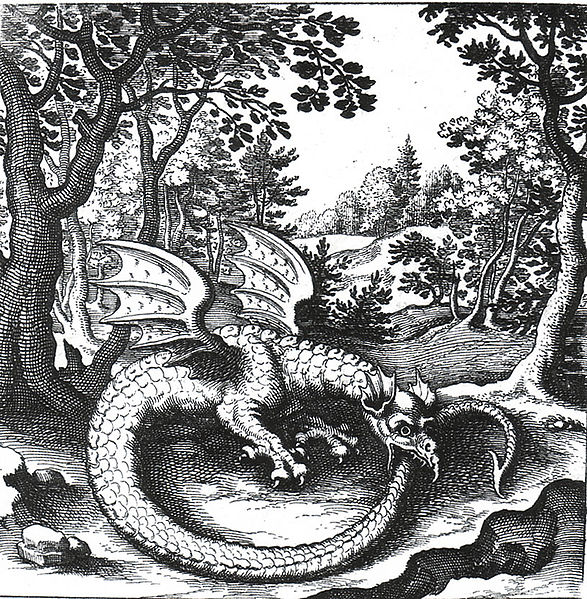Self-cannibalism is the practice of eating parts of one's own body, also called autocannibalism or autosarcophagy. Generally, only the consumption of flesh by an individual of the same species is considered cannibalism. In line with this usage, self-cannibalism means the consumption of flesh from one's own body. While some texts use this strict definition, others use the term autocannibalism in a wider sense that includes the consumption of hair or nails from one's own body.
Elizabeth Báthory may have forced some of her servants to eat their own flesh
Ouroboros biting its own tail
The ouroboros or uroboros is an ancient symbol depicting a serpent or dragon eating its own tail. The ouroboros entered Western tradition via ancient Egyptian iconography and the Greek magical tradition. It was adopted as a symbol in Gnosticism and Hermeticism and most notably in alchemy. Some snakes, such as rat snakes, have been known to consume themselves.
An ouroboros in a 1478 drawing in an alchemical tract
First known representation of the ouroboros, on one of the shrines enclosing the sarcophagus of Tutankhamun
A highly stylised ouroboros from The Book of Kells, an illuminated Gospel Book (c. 800 CE)
Engraving of a wyvern-type ouroboros by Lucas Jennis, in the 1625 alchemical tract De Lapide Philosophico. The figure serves as a symbol for mercury.





